We use cookies to improve your experience. By accepting you agree to our cookie policy
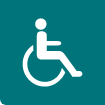
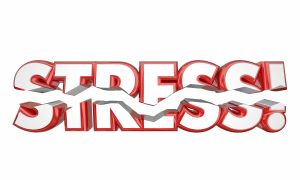
Stress can be the cause and the effect of chronic pain. Persistent stress of chronic pain can also affect both the nervous and immune system Learn to manage stress for those living with chronic pain or complex regional pain syndrome in this article. Remember to check out our 12 top tips for Stress Management.
Our lives are filled with various stresses, strains and frustrations but it is how you cope with the stress that is important. Not all stress is seen as bad for your health as long as that stress remains at a comfortable level that you can cope with.
However when that stress becomes too overwhelming for you, that is when your health becomes affected along with your mood, your quality of life and also your relationships.
Stress and pain are closely linked with each other and they each have an impact on one another, thereby creating a vicious cycle that sets off the chronic pain and the stress. Emotional tress can most certainly worsen the pain from Complex Regional Pain Syndrome (CRPS) (Advanced Pain Management 2013).
A part of having pain relief is learning how to manage your stress. (Bhatia, J. 2013) Stress can’t be eliminated however it can be managed by using a number of different techniques and tips.
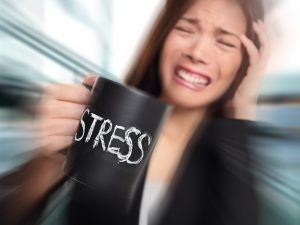
Stress is any physical, chemical, or emotional factor that causes bodily or mental unrest (Stoppler, M.C. 2015) According to the Stress Management Society:
“Stress happens when we feel that we can’t cope with pressure and this pressure comes in many shapes and forms, and triggers physiological responses.”
Segal, J et al. (2015) say that stress is:
“…your body’s way of responding to any kind of demand or threat. When you feel threatened, your nervous system responds by releasing a flood of stress hormones, including adrenaline and cortisol, which rouse the body for emergency action.”
Living with chronic pain is itself very stressful however stress can contribute to a range of health problems, including high blood pressure, heart disease, obesity, diabetes, depression and anxiety. In addition, stress can trigger muscle tension or muscle spasms that may increase pain.
Managing your emotions can directly affect the intensity of your pain (American Psychological Association 2013.)
Do you find that when you’re stressed your heart starts to race, your breath quickens up, some of your muscles begin to tighten?
This is a totally normal response to stress. This is also called our ‘fight or flight’ stress response and it is basically your body’s way of trying to protect you.

Unfortunately stress causes pain and pain causes stress and the most important thing is to try and break the pain-stress cycle which can be difficult. Therefore part of getting pain relief is learning how to better manage stress.
In a 2013 study by Étienne Vachon-Presseau et al. (2013) from the Universite de Montreal it was found that for chronic pain sufferers, avoiding the harmful effects of stress may be key to managing their condition. They also found that this was particularly important for people with a smaller-than-average hippocampus*, as they seemed to be particularly vulnerable to stress.
Researchers are not fully clear as to how stress and pain are related but it is known that when people are stressed out they often experience pain in the shoulder, back and neck. This could be due to the link between stress and tension in the muscles however it could also be related to brain chemicals (Everyday Health 2013).
Studies have found that the more anxious and stressed people are, the more tense and constricted their muscles are, therefore over time causing the muscles to become fatigued and inefficient.
According to Steven Stanos the medical director of the Centre for Pain Management at the Rehabilitation Institute of Chicago he says that to allow us to keep functioning despite the pain, the brain will try to maintain some sort of balance when it receives pain signals by minimising these signals.
However chronic stress can offset this balance that has been created. (Everyday Health 2013) There is research that shows that some stress is good however there is a limit. Stress ‘revs up’ the body thanks to naturally-occurring performance enhancing chemicals like adrenaline and cortisol. This heightens ability in the short term.
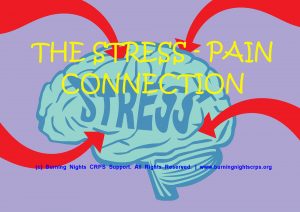
Experts have noticed that experiencing a traumatic event can have an impact on the development of pain. Approximately 15-30% of chronic pain sufferers also have Post Traumatic Stress Disorder (PTSD).
Trauma happens when our ability to respond to a perceived threat is in some way overwhelming. Most researchers disagree on a precise definition of trauma. However they do agree that a typical trauma response might include physiological and psychological symptoms such as numbing, hyperarousal, hypervigilance, nightmares, flashbacks, helplessness, and avoidance behaviour. (Babbel, S. 2010)
It is during these traumatic events that the sympathetic nervous systems goes into survival mode and on occasion will have a problem in reverting back to its normal parasympathetic nervous system mode again.
If the nervous system stays in this survival mode then stress hormones such as cortisol are constantly released therefore causing an increase in blood pressure and blood sugar in turn causing the the immune system’s ability to heal to be reduced. This is when the physical symptoms start to appear when the body is in constant distress. (Babbel, S. 2010)
To break this down further because pain is regulated by the nervous system, the brain is a key player in how we perceive pain. The brain is always trying to inhibit pain signals. But if you’re stressed, the brain’s ability to filter these pain signals is affected in a bad way and pain can be increased. (Everyday Health 2013)
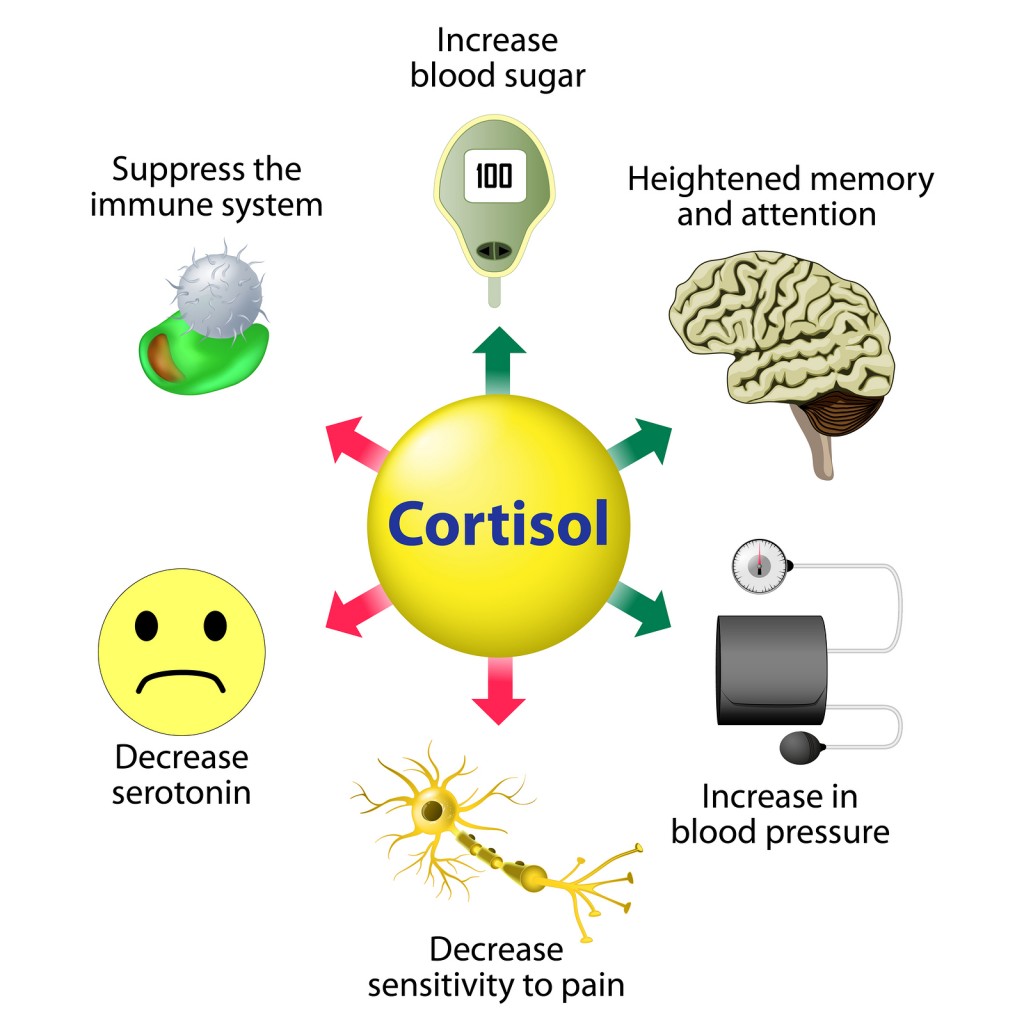
Stress has been known to increase the intensity of pain, contribute to depression and anxiety ultimately decreasing a persons ability to tolerate pain, and diminish a persons ability to cope with pain. However stress is not credited with causing prolonged or chronic pain but rather feeds into it.
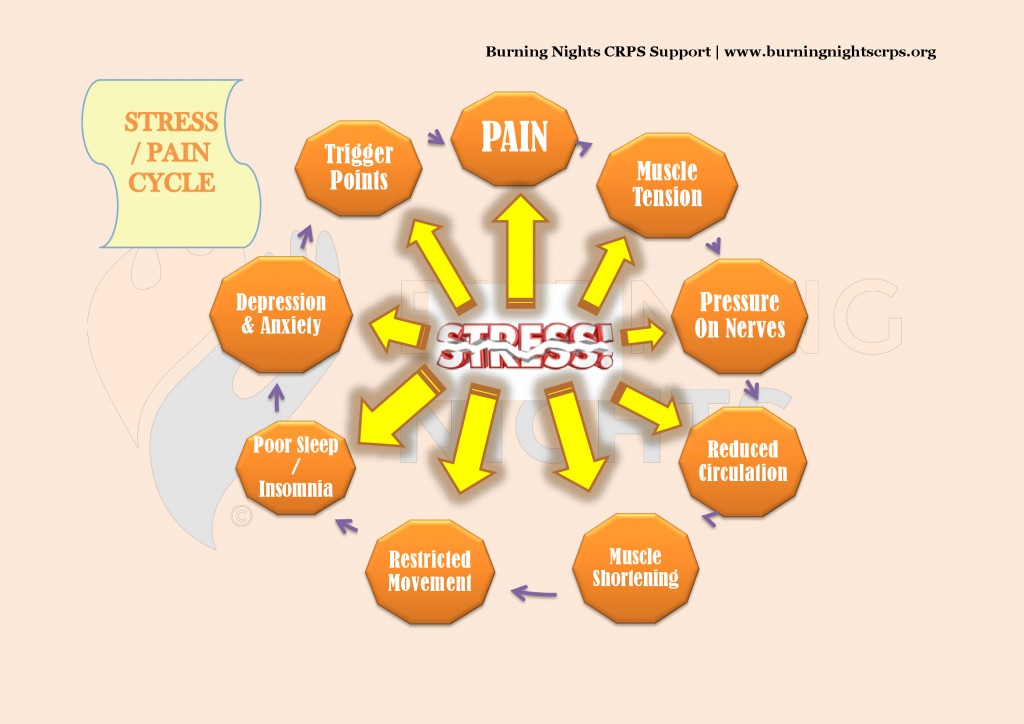
It was one of the early pioneers in stress research, Walter Cannon, who first described the ‘Fight or Flight’ response. Cannon was the one to note that when we experience a shock or we think there is a threat, our body quickly releases hormones to help it survive.
It is these hormones that help us to run faster and fight harder. The physical response from these hormones include – increasing the heart rate and blood pressure which in turn delivers more oxygen and blood sugar to power important muscles. They increase sweating to try and cool these muscles, and help them stay efficient. They divert blood away from the skin to the core of our bodies thereby reducing blood loss if we are damaged. Also these hormones focus our attention on the threat, and exclude everything else going on. Breathing is accelerated to supply more oxygen for conversion to energy. The heart moves into overdrive to supply the body with more oxygen and nutrients. Our immune system is activated, ready to administer to wounds. Attention and sight become acute and highly focused and our sense of pain is diminished as the body releases analgesic hormones.
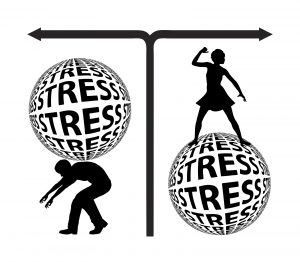
The physiological aspect leaves us viewing the world as hostile and we are fully prepared to fight or run. Whichever we choose, our body will expend an immense amount of energy which in itself prevents the build up of stress related to this response. (Stress Management Society 2015)
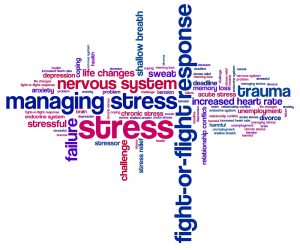
As you will see below, there are many symptoms of stress. When someone is stressed out, the reaction to stress is both physical and behavioural.
It has been found that the experience of pain is so stressful on its own, that every chronic pain patient will experience stress to some point.
There are a number of symptoms of stress that you need to watch out for. These include:
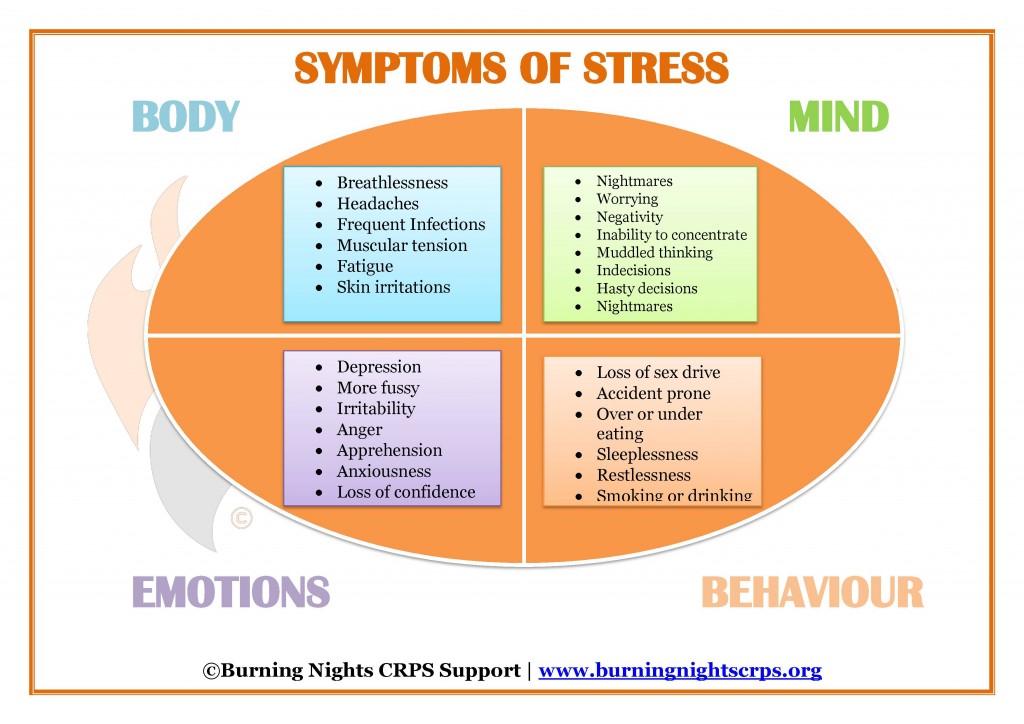
Scientific studies have shown that psychological stress may worsen the symptoms of almost every known medical condition. Examples of conditions in which stress may worsen the intensity of symptoms include cardiovascular diseases, asthma, multiple sclerosis, chronic pain, acne, fibromyalgia, and depression.
Although stress on its own is not a cause of cardiovascular disease nor high blood pressure, it may actually worsen the progression of these diseases in a number of people.
Stress also has effects on the immune system. There are some studies that show acute short-term stresses may be able to boost the body’s immune response, chronic or long-term stress has the effect of “wearing down” the immune system, leading to an increased susceptibility to colds and other infections.
Scientific studies have also shown that stress can decrease the immune response to vaccinations and prolong wound healing (Stoppler 2015)
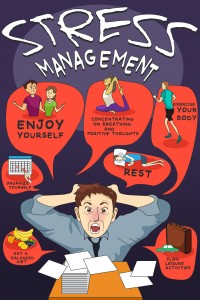
To learn and remember how to tackle your stress, use the 4 A’s of stress relief to help you build up some coping tips for stress. The 4 A’s are: Avoid, Alter, Accept and Adapt.
Please try and remember that you can’t avoid everything. There are some problems that you cannot overlook. It is on these occasions that you need to try and find another stress relieving technique to help you.
To help you start to get some relief from stress, you need to remove a lot of needless stress that can simply be avoided. Try and plan ahead if you can and/or rearrange your surroundings, these 2 things should help you avoid the needless stress.
What do we mean by ‘rearrange your surroundings’? Do you take a crowded bus or train at the same time everyday? Do you drive the same crowded route to work, the supermarket or your kids’ school? Why not instead drive a less travelled route or leave a little earlier to catch an earlier bus or train?
Learn to say ‘No!’ You don’t have to try and do everything all in 1 day. You will find you have many responsibilities and demands on your time, learning to say ‘No’ can you help you avoid some stress and give yourself some time.
Organise a To Do List and include the crucial and important jobs to do at the top of the list. If you’re finding you have a very busy day ahead, take off the last few jobs and put them on the next day’s To Do List.
According to the Mayo Clinic in their 4 A’s of Stress Relief, they say that during times of stress, 1 of the most helpful things to do is to take an inventory and then try and alter your situation for the better.
Communicate your feelings openly by using the word ‘I‘ in statements such as ‘I feel that I have too many tasks to do today, is there anyway I can balance this out?‘
Manage your time in a better way so that your tasks are put into groups such as make the phone calls together, check your emails, car errands etc. This will hopefully increase save time and increase your efficiency.
State your limits in advance, for example instead of listening to a long non-stop conversation about nothing in particular, tell the person that you only have 5 minutes to go through the issue in hand.
Kindly and respectfully ask other people to change their behaviour and also be willing to do the same yourself. Small problems and issues tend to grow into larger ones and can eventually cause severe issues if they’re not resolved.
If the source of your stress can’t be avoided or altered, this is when you need to try and adjust your ability to tolerate it. Sometimes we have no other option than to accept things the way they are. This is the time when you need to try:
Talk with someone – You may not be able to change a frustrating situation, so phone up a friend, join a support group or schedule a coffee break. You may feel better if you talk things out with someone.
Forgive – It takes up a lot of energy being angry, so why sit and stew in your angry when you could try and move on? Forgiving may take some practice but if you do then you will free yourself from burning more negative energy.
Positive self-talk – You may be wondering what this actually is. Well, when you’re stressed it is easy to lose objectivity. 1 negative thought can lead to another and can lead to a complete mental melt down. Instead, be positive! Don’t think of what it is that you can’ do or you’ve done wrong, instead think that yes t may have been a hiccup or a mistake but you’ll get through it.
Learn from your mistakes – You can’t change something that’s already happened or already done. Instead recognise that what you’ve done has happened and it was a mistake and realise that you need to may be allot more time in the future.
Why not check out our Acceptance of CRPS and chronic pain blog? Acceptance of your CRPS can take a long time to reach and it is a hard road to go through.
One of the greatest stressors in people’s lives is the perception that you can’t cope. By learning to adapt which may mean changing your standards or expectations, can be really helpful in dealing with your stress.
Adjust your standards – Do you need to mop the floor 3 times a week? Do you need to tidy up every day? Couldn’t you substitute an easier meal to make rather than a complex meal??
Redefine perfection and success and you may feel less guilty and less frustration
Practice thought-stopping – stop your gloomy thoughts right away. Don’t replay a stressful situation as a negative and maybe it will stop being negative.
Adopt a phrase or mantra – Create yourself a phrase or mantra such as ‘I can handle this’ or ‘I’m good at this’ and during tough situations repeat your phrase or mantra in your head.
Look at the big picture – Think to yourself will this actually matter in 1 year or 5 years or 6 months? Most of the time the answer is simply no.
Stressful situations are good and bad parts of every life. Learning to apply the stress relief techniques can help you balance the stress equation.
Stress comes as a big part of life with Complex Regional Pain Syndrome (CRPS) and dealing with that stress in the context of CRPS can be very difficult and require a number of professionals to help in all areas of the condition. In a research article by Grande, L. et al (2004) she said:
Psychological treatment strategies designed to relieve stress and strengthen cognitive coping skills might favorably influence supraspinal activity patterns. For CRPS patients with emotional stress as a precipitating factor, these approaches should be more vigorously explored.”
So, how can we manage stress? Here are 12 stress management tips for you to try or consider when dealing with stress from your chronic pain or CRPS…
12 Tips for Stress Management for Chronic Pain
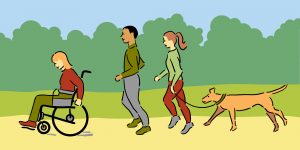
Trying to do exercise when you have a disability or chronic pain can be hard. However there are things you can do to give yourself exercise, such as swimming , walking (if you don’t have any lower limb problems), water aerobics, aquajogging or even dancing. These cardiovascular exercises help to raise your heart rate and increase your endurance.
There are strength training exercises that you can do to build muscle and bone mass, improve balance and prevent falls. If you have limited mobility in your legs, your focus will be on upper body strength training. Similarly, if you have a shoulder injury, for example, your focus will be more on strength training your legs and abs.
Finally there are flexibility exercises that help enhance your range of motion, prevent injury, and reduce pain and stiffness. Exercises such as stretching exercises and yoga. If you have limited mobility in your legs, you may still benefit from stretches and flexibility exercises to prevent or delay further muscle atrophy. (Robinson, L. & Segal, J. 2016)

Learning your own relaxation techniques such as guided imagery, deep breathing, biofeedback (see below), Qi Gong, yoga, mindfulness and meditation can help you to relax and more importantly decrease your stress levels.
Once you’ve learned these techniques you can do them on your own at any time throughout your day when you need to. Learning to rest when you need is an important part of life with CRPS or chronic pain. Learning to pace yourself is extremely vital in your life.
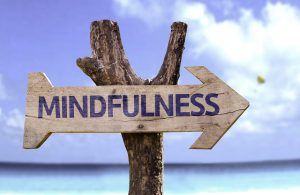
Mindfulness is a form of meditation and it can help you learn to cope with your chronic pain or CRPS. Mindfulness is making you aware of what is happening all around you at that particular moment in time ie in the present moment. It is also acknowledging and accepting your thoughts, feelings and sensations. Mindfulness teaches you to control your mind and not allow your mind to control you.
There is also a Mindfulness-Based Stress Reduction (MBSR) programme. MBSR is a programme that helps you learn to calm your mind and body to help you cope with illness, pain, and stress. (Burgess, P. MD & Weinstock, L.S. MD. 2014).
The aims of a Mindfulness-Based Stress Reduction programme is to address prolonged periods of stress, which can lead to poor mental and physical health. The Be Mindful charity website says that MBSR:
… incorporates techniques such as meditation, gentle yoga and mind-body exercises to help people learn how to cope with stress. It gives people greater clarity on what is happening in their lives.

Stress-management counselling is offered by various types of mental-health professionals. Stress counselling and group-discussion therapy have proven benefits in reduction of stress symptoms and improvement in overall health and attitude. It doesn’t have to be a long-term commitment, but some do benefit from a short series of counselling sessions. They will try and identify the main issues in your life and work out some strategies with you to try and learn to control different situations. (Stoppler, M.C. (2015)
Why not visit our Counselling for CRPS & Chronic Pain blog to learn more about what happens in a typical counselling session?
As a charity we also offer free CRPS counselling and therapy sessions free of charge to anyone affected by CRPS over the age of 5.
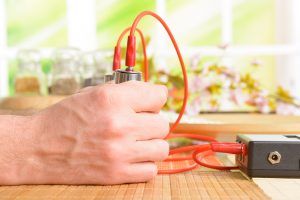
Biofeedback is a non-drug intervention that is used to treat patients with a variety of medical conditions. Taken simply, biofeedback can be defined by breaking down the word as ‘bio,’ referring to the body, and ‘feedback,’ receiving information about the body, that one would ordinarily not be aware of. (Lofland, K.R. 2015)
According to Lofland, K.R. 2015:
Changes in blood flow often accompany CRPS. Learning deep relaxation techniques can be paired with a biofeedback device which measures skin temperature in order to help a CRPS sufferer learn to relax deeply, increase blood flow to a part of the body with a restriction in blood flow, increase the temperature of that part of the body, and decrease the pain…
For biofeedback, sensors attached to your skin measure your stress response by tracking processes like heart rate, blood pressure and even brain waves.
As you learn strategies to relax your muscles and your mind, you can watch on a computer screen as your body’s stress response decreases. In this way, you can determine which relaxation strategies are most effective, and practice using them to control your body’s response to tension. (American Psychological Association 2013)
There is considerable evidence that supports the use of biofeedback as a non-pharmacological therapy for chronic pain; patients with low back pain, chronic migraines, musculoskeletal pain, and other pain conditions have experienced reduced pain intensity and frequency with biofeedback training.
Example – while you may already know that breathing from the diaphragm is beneficial, biofeedback can document just how effectively—or ineffectively—you are breathing. You can then use the feedback to mindfully adjust breathing.
In addition to becoming aware of how the body is functioning, you must learn how to truly relax. While elusive, this requires one to incorporate 3 states of relaxation—mental, physical, and emotional—to implement the type of changes needed to improve health and well-being. (Whitney, A. 2014)
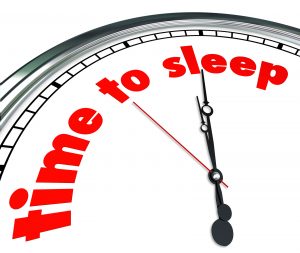
Yes we know – CRPS can make sleep extremely difficult and sleep sometimes seems an impossibility. However proper sleep can help you cope with stress. You can visit our blog on Rapid Eye Movement where we have given you 7 quick steps to try and get a better night’s sleep.
Remember a few common rules to help you to get a good night’s sleep (Mind Body Green 2014):
Check out our article on how to sleep better when living with CRPS and chronic pain.
We have a great board on PINTEREST just for Insomnia and Sleep help. Why not join us on there?
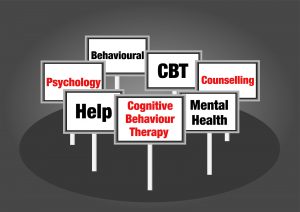
Cognitive Behavioural Therapy or CBT can help you alter the way you think, which can then lead onto you being able to alter the way you feel and cope with your pain and stress.
There are a number of CBT techniques available such as pacing, gentle exercise, pace and monitor and goal setting. You can find out more about CBT for CRPS and chronic pain by visiting our CBT for chronic pain an CRPS blog.
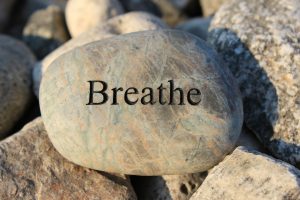
Although breathing exercises will not cure your chronic pain or CRPS, but could help get you through the day. Why is breathing a good source of managing pain? The answer is that not only does it relax your mind, lessen stress and tension but it will also make you and your brain focus on something totally separate from your pain or flare up.
When you are in a state of frustration, stress, tension or pain your mind and body and not in a sense of relaxation and this is what is the aim to change. When you start to slow right down and begin to draw in some deep breaths, the brain and mind begin to slow down and to relax. This then gets a message sent from the brain to the rest of your body and soon after both the body and mind will become relaxed, your blood pressure will drop, your heart stops pounding and racing fast and your heavy fast breathing begins to calm down.
Deep breathing techniques where you are breathing from your diaphragm rather than shallow breathing from your chest and meditation that focus on the breath and eases pain are the best to try. If you use quick, short shallow breaths from the chest will mean your body is receiving less oxygen, whereas breathing from your diaphragm means your body is receiving more oxygen and you will begin to feel more relaxed. These types of techniques ease tension in the muscles and allow even blood flow through to the extremities. The soothing power of the breath or heart beat lets one ignore thoughts of pain. (RSD Attorney)
In a research article by Busch, V et al (2012) they studied the Deep and Slow Breathing techniques in relation to chronic pain perception they found that:
“… the way of breathing decisively influences autonomic and pain processing, thereby identifying DSB in concert with relaxation as the essential feature in the modulation of sympathetic arousal and pain perception.”
Why not check out our BREATHING EXERCISES FOR CRPS/RSD blog? You can find some different breathing exercises that may help.

One of the most common causes of stress is feeling pressured by a lack of time. Time management methods involve finding ways to work more efficiently, so as to maximize one’s use of time.
A variety of techniques and tools for list-making, task analysis scheduling, and task prioritisation are most typically used. We certainly can’t add an hour or extra minutes to your day, time management techniques allow you to use your time more effectively and help you to save an hour a day by becoming more efficient.
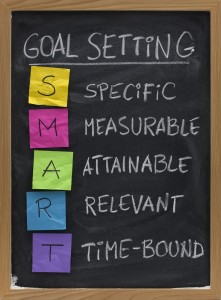
There are 5 GOLDEN RULES for time management. This is where SMART comes in:
Specific – This is to set specific goals that are clear and well defined
Measurable – You need to set measurable goals that include dates, precise amounts etc.
Attainable – Remember to set attainable goals that you are sure that you can possibly and easily achieve those goals and they are not to far out of your reach
Relevant – This concerns setting relevant goals to you and the way you want your life to go
Time Bound – You need to set time-bound goals that have an actual date or deadline that you want to achieve
(Mind Tools 2016)
(ESF)
For more information about Goal Setting and SMART, you can visit our Cognitive Behaviour Therapy (CBT) blog.
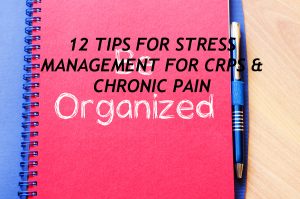
Organisational skills can save you from stress and undue pressures of life. They are priceless as they show you the value of time and the importance of using it wisely. If organisational techniques become too rigid or overly ambitious, they can leave us feeling even more stressed and overwhelmed, therefore the vicious cycle continues.
Heidi Hanna, PhD and CEO of Synergy and author of Stressaholic and The SHARP Solution says that:
“the brain is constantly scanning the environment. It’s looking for cues that signal a need for an energy investment, such as taking care of work or home obligations. When we have chaotic surroundings or a fragmented mindset, the brain can perceive this as a sign that there is more demand for energy than our current capacity, which triggers the stress response..”
This is where organisational skills come into effect. Anything from de-cluttering your desk to sorting through your e-mail inbox. When you are organised you can have a sense of you having things in complete control.
If you become too rigorous with your list making or scheduling, your thought processes can become too rigid and tight. If you constantly wait for the ideal situation or moment to move into action your to-do list begins to pile up, it can then create more pressure and therefore more stress.

Distraction techniques such as Adult Colouring can help not only with stress but also with chronic pain. Find some inspiration and free downloads for adult colouring pages on our ADULT COLOURING Pinterest board. Other techniques such as crafts, beading, photography or even Virtual Reality games. In a study by Weiderhold, B.K. et al. (2014) they found that:
“One way to help is by using Virtual Reality (VR) to draw attention away from the patient’s mental processing, thereby decreasing the amount of pain consciously experienced by the patient.”
Burning Nights CRPS Support has a regular face to face CRPS support group in Manchester and Central London. We hope that we can spread this to other parts of the UK. Face to face support groups are a great idea as not only do you get to meet other CRPS sufferers, carers, families and friends but also you are out of your home environment.
Due to the social distancing rules we have decided to move our physical support groups to online support groups. Please check our events page for the dates of our next online support groups.
We also have an online community forum where you can chat, ask questions, find tips and general help. Every year we also hold an annual Meet & Greet conference. Our inaugural event was November 2015 in Birmingham. Our 2nd Annual event was at the Manchester Marriott hotel. If you are interested in coming along to any of our support groups please contact us. You can also find us on social media – Facebook, Twitter, LinkedIn, Instagram, Pinterest and YouTube.
To find out more information, help and support* we have a telephone number which you can ring to get in touch with us. We are based in the UK and the people who answer your calls are CRPS sufferers, so we don’t keep regular hours. Generally we are available during the week during office hours.
*We are not doctors or medically trained and so we are unable to give any form of diagnosis or definitive treatments. You must consult your doctor or specialist before trying anything new or different to your current regime.*
Remember to say “No” when you need to and learn to ask for help!
Hopefully this stress management for CRPS & Chronic Pain blog has given you some guidance and help in understanding about stress, managing it and coping everyday while living with CRPS or/and chronic pain.
Good stress management is an extremely important part of your pain management regime especially self-managing your chronic pain.
However please remember that there is only so much that can be done to reduce your pain when you have chronic pain and you cannot simply fix your chronic pain or CRPS. Our question to you is, how do you manage your stress?
*Hippocampus is the elongated ridges on the floor of each lateral ventricle of the brain, thought to be the centre of emotion, memory, and the autonomic nervous system.
Written on: 12/010/2016
Last Updated: 18/05/2020